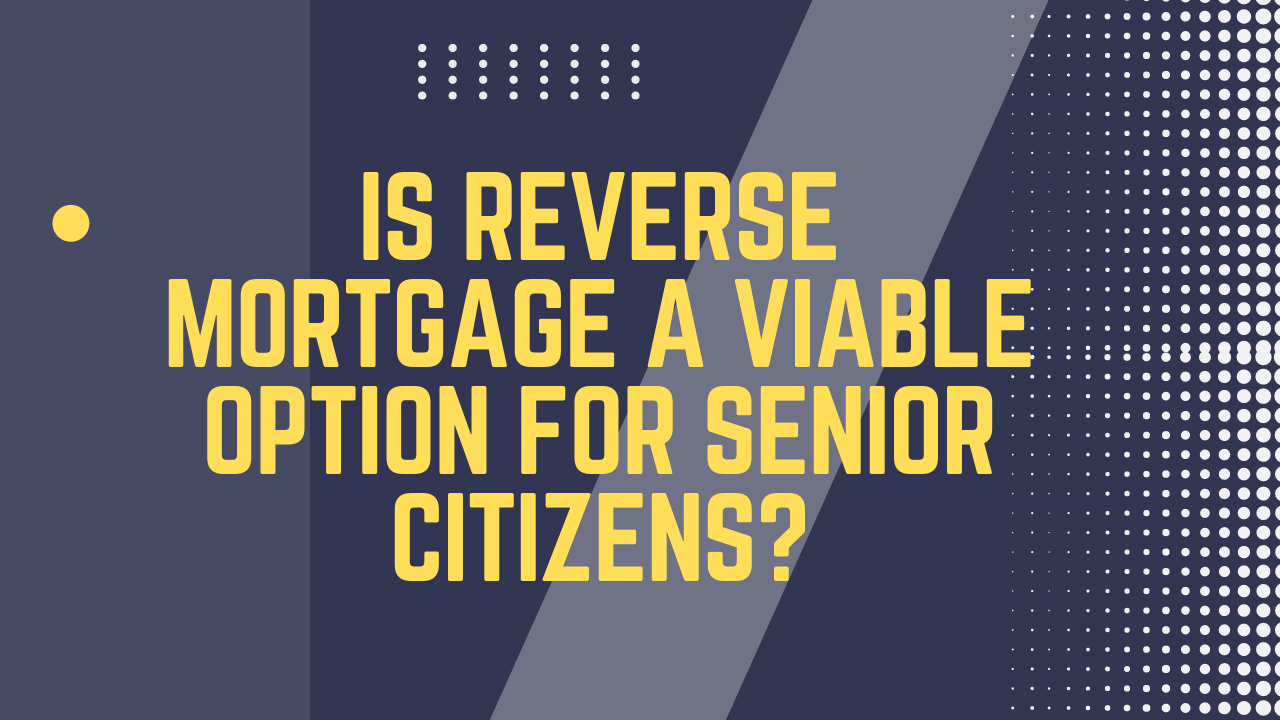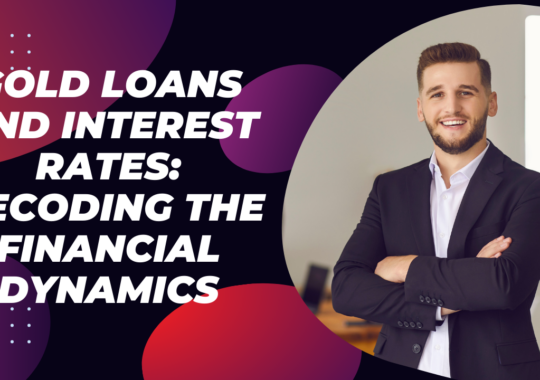Reverse mortgages are financial products designed specifically for senior citizens who own their homes and wish to access the equity built in their properties. While reverse mortgages can be a viable option for some seniors, there are several important considerations to keep in mind.
Understanding Reverse Mortgages:
- Definition: A reverse mortgage is a financial product designed for senior citizens (typically age 62 or older) who own their homes. It allows them to convert a portion of their home equity into tax-free funds without the need to sell the property or make monthly mortgage payments.
- How Reverse Mortgages Work: With a reverse mortgage, homeowners receive funds from the lender based on the equity in their homes. The loan does not need to be repaid as long as the borrower continues to live in the home as their primary residence. Repayment becomes due when the borrower permanently moves out of the home, sells the property, or passes away.
- Eligibility Criteria: To qualify for a reverse mortgage, seniors must meet certain eligibility criteria, including age, home ownership, and residency requirements. The property must also meet specific standards set by the lender.
Benefits of Reverse Mortgages:
- Access to Home Equity: Reverse mortgages provide seniors with a way to access the equity they have built in their homes over the years. This can be particularly beneficial for those who need extra funds to cover expenses during retirement.
- Supplementing Retirement Income: For seniors with limited retirement savings, a reverse mortgage can serve as an additional source of income, helping them maintain a comfortable lifestyle during retirement.
- No Monthly Mortgage Payments: Unlike traditional mortgages, reverse mortgages do not require monthly mortgage payments. This can relieve financial stress for seniors on fixed incomes.
- Loan Flexibility: Seniors have the option to receive the loan proceeds in various ways, such as a lump sum, a line of credit, monthly payments, or a combination of these methods.
- Non-Recourse Feature: Reverse mortgages typically have a non-recourse feature, which means that the loan amount cannot exceed the home’s value at the time of repayment. This protects borrowers and their heirs from owing more than the home’s worth.
Considerations and Potential Drawbacks:
- Loan Costs and Fees: Reverse mortgages often come with significant upfront costs, including origination fees, mortgage insurance premiums, and closing costs. These costs can eat into the amount of equity available to borrowers.
- Accumulating Interest: Over time, the interest on the reverse mortgage accrues and compounds. This can lead to a substantial loan balance, especially if the borrower remains in the home for an extended period.
- Impact on Heirs: Upon the borrower’s passing, the loan becomes due, and the heirs may need to repay the loan to keep the home. This can potentially reduce the inheritance left for beneficiaries.
- Risk of Default: Borrowers must continue to meet certain obligations, such as paying property taxes, homeowners’ insurance, and maintaining the property. Failure to do so could result in default and potential foreclosure.
- Reduced Home Equity: As the reverse mortgage loan is drawn, it reduces the available home equity, which may limit options for future financial needs or moving to a different residence.
Loan Types and Payment Options:
- Types of Reverse Mortgages: There are different types of reverse mortgages available, with the Home Equity Conversion Mortgage (HECM) being the most common. Proprietary reverse mortgages, offered by private lenders, may have different terms and eligibility requirements.
- Home Equity Conversion Mortgage (HECM): This is the federally-insured reverse mortgage program regulated by the U.S. Department of Housing and Urban Development (HUD). It provides multiple payment options and consumer protections.
- Proprietary Reverse Mortgages: Offered by private lenders, these reverse mortgages may have higher loan limits and fewer restrictions than HECMs. However, they may not have the same level of consumer protections.
- Payment Options: Borrowers have several choices for receiving reverse mortgage funds:
- Lump Sum: A one-time payment of the loan amount at closing.
- Line of Credit: Access to a line of credit that can be used as needed.
- Monthly Payments: Regular fixed or adjustable payments over a specified period or for as long as the borrower remains in the home.
- Combination: A mix of lump sum, line of credit, and monthly payments, providing flexibility in accessing funds.
- Interest Rate Options: Borrowers can choose between fixed or adjustable interest rates for their reverse mortgage.
Alternatives to Reverse Mortgages:
- Home Equity Line of Credit (HELOC): A HELOC is a revolving line of credit secured by the home’s equity. It allows seniors to borrow funds as needed, similar to a credit card. Unlike a reverse mortgage, interest is only accrued on the amount borrowed, providing more flexibility in borrowing and repayment.
- Home Equity Loan (Second Mortgage): A home equity loan is a lump-sum loan where seniors borrow against their home’s equity and repay it in fixed monthly installments. This option can be preferable for those who want a specific amount of funds upfront and prefer predictable payments.
- Downsizing: Seniors can choose to downsize by selling their current home and purchasing a smaller, more affordable property. This strategy can release home equity while reducing housing expenses and maintenance costs.
- Sell-and-Stay Programs: Some companies offer sell-and-stay programs where seniors sell their homes to the company and then lease the property back as tenants. This allows seniors to access their home equity while remaining in their familiar surroundings.
- Renting a Portion of the Home: Seniors who have extra space in their homes can consider renting out a portion of the property to generate additional income.
Legal and Financial Advice:
- Consulting Legal Advisors: Seniors considering reverse mortgages or other financial options should seek advice from legal professionals, such as estate planning attorneys, to ensure their rights and interests are protected.
- Financial Advisor Guidance: Speaking with a certified financial advisor can help seniors understand the implications of different financial decisions, including reverse mortgages and alternatives.
- HUD Counseling Requirement: Seniors pursuing a Home Equity Conversion Mortgage (HECM) must complete a counseling session with a HUD-approved counselor. This counseling ensures they understand the terms and obligations of the reverse mortgage.
- Avoiding Scams and Predatory Lending: Seniors should be cautious of potential scams and predatory lending practices. Seeking advice from reputable and trusted professionals can help prevent falling victim to fraudulent schemes.
- Comparing Options: Obtaining expert advice allows seniors to compare different options, weigh the pros and cons, and make well-informed decisions aligned with their unique financial situations and goals.
FAQs about Reverse Mortgages and Alternatives:
- What is a reverse mortgage? A reverse mortgage is a loan designed for senior citizens (aged 62 or older) that allows them to access their home equity without selling the property. Repayment is deferred until the borrower permanently moves out of the home.
- How do reverse mortgages work? With a reverse mortgage, homeowners receive funds based on their home equity, either as a lump sum, line of credit, or monthly payments. They can use the funds for various financial needs without making monthly mortgage payments.
- What are the benefits of a reverse mortgage? Reverse mortgages provide access to home equity, supplement retirement income, and do not require monthly mortgage payments. Borrowers can stay in their homes as long as they meet loan requirements.
- What are the potential drawbacks of a reverse mortgage? Considerations include loan costs and fees, accumulating interest, impact on heirs’ inheritance, risk of default, reduced home equity, and long-term commitment.
Conclusion:
Reverse mortgages can be a viable option for senior citizens looking to access their home equity without selling their homes. They offer various benefits, such as providing additional income and eliminating monthly mortgage payments. However, they come with considerations, including loan costs and potential impacts on heirs and home equity.
Also Read:
- How to avail loan against your insurance policy?
- 6 Ways on How to Choose the Best Personal Loan
- 7 Good Reasons to Get a Personal Loan
- What is Amortized Loan? How Does it Work, What are Loan Types ?




